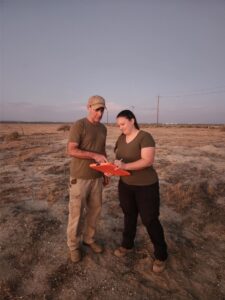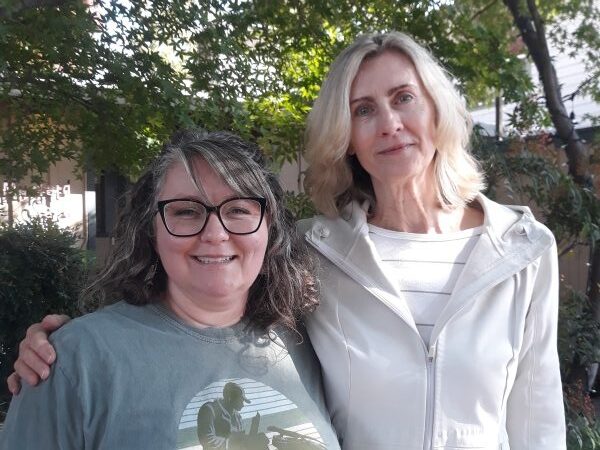The perfect conservation union
After 33 productive years of conservation work, recent funding cuts made it difficult for the California State University, Stanislaus to continue administering the Endangered Species Recovery Program (ESRP). Recognizing the importance of programs like ESRP, the Center for Natural Lands Management (CNLM), which specializes in protecting and managing endangered species in their native habitats, approached ESRP staff to discuss opportunities to ensure their work could continue without interruption. The result: CNLM expanded its Conservation Science and Stewardship structure with a new ‘Species Research and Recovery Program (SRRP)’— an appropriate and complementary frame for ESRP’s conservation activities.
In late August, remaining ESRP staff joined CNLMs SRRP to continue their mission of protecting at-risk wildlife and their habitats through practical solutions using science-based research and collaboration.
“We are grateful for our partnership with Stanislaus,” said Dr. Jaime Rudd, ESRP’s director. “Over the last three decades, ESRP has filled critical data gaps that have been vital to our understanding of the plants and animals that call the Central Valley home. From documenting populations of rare or listed species, to identifying threats affecting species survival and their habitats, this work has directly informed conservation decisions across the region. Our time with the university was foundational to ESRP’s success, and we will honor that legacy as we move forward.”
“With changes in federal support for conservation and science, this was an unexpected but welcome opportunity to form a union that will strengthen our respective conservation effects”, said Dr. Deborah Rogers, CNLM’s Acting Executive Director and Director of Conservation Science and Stewardship. “Dr. Rudd and her team will not only greatly enhance our Conservation Science contributions, but our conservation stewardship staff are already involving them in our monitoring and management of the at-risk species on our preserves. This relationship portends a strengthening of the adaptive management principle—the foundation of CNLM’s stewardship.”
Supporters can expect the same dedication to science-based conservation under CNLM’s SRRP that made ESRP successful for more than three decades.
“CNLM is an outstanding organization and I am grateful to them for taking on the remaining ESRP staff and giving them an opportunity to continue the important work of conserving species and their habitats,” added Dr. Brian Cypher, former director of ESRP. “I have every confidence that the newly formed SRRP will be a productive collaborative venture that will yield valuable contributions to science and conservation.”
For more information about CNLM’s SRRP and its work, visit https://www.cnlm.org/ or contact Jaime Rudd at jrudd@cnlm.org.

Alyse Gabaldon handling an endangered Tipton kangaroo rat in the Tulare Basin of California. Alyse was a former biologist with the Endangered Species Recovery Program and is now a field biologist with CNLM’s newly created Species Research and Recovery Program (SRRP).

CNLM Regional Preserve Manager, Greg Warrick, and CNLM’s new research biologist with the Species Research and Recovery Program, Erica Kelly. Greg and Erica prepare to set small mammals traps at CNLM’s Lokern Preserve in central California. CNLM conducts annual surveys to monitor the many plants and animals that live on their preserves. Keeping detailed notes on trap locations is important to ensure that all traps are accounted for when you work with a team.

CNLM’s Species Research and Recovery Program (SRRP) manager, Dr. Jaime Rudd, holding a sleepy riparian brush rabbit at the San Joaquin River National Wildlife Refuge. Since 2020, Dr. Rudd has been working with an emergency response team in Vernalis, California to monitor and vaccinate local rabbit populations for rabbit hemorrhagic disease virus-2 (RHDV-2). Some of the rabbits are anesthetized so that veterinarians with the California Department of Fish and Wildlife can safely collect a small blood sample to learn if the RHDV-2 vaccines are providing immunity. They can also use the blood sample to determine if unvaccinated rabbits are surviving infection, including endangered riparian brush rabbits.







